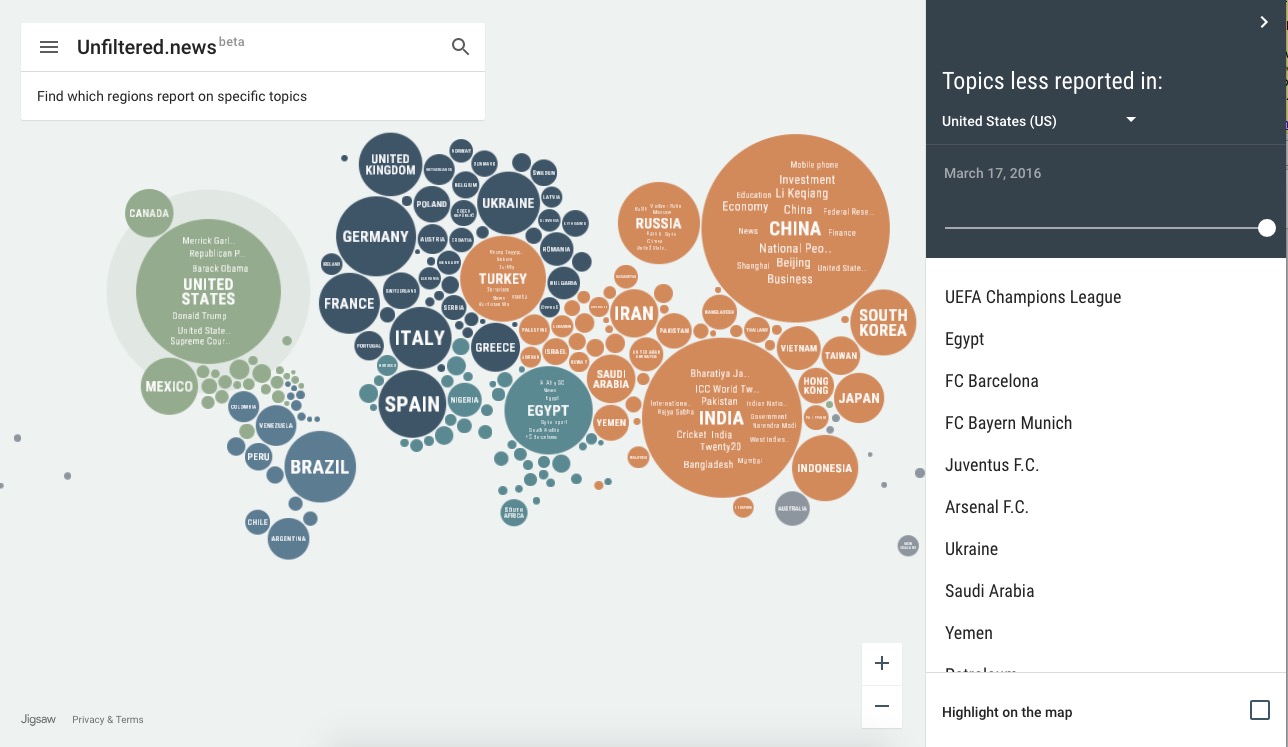Emerging Technology from the arXiv: “Lack of evidence to city planning has ruined cities all over the world. But data-mining techniques are finally revealing the rules that make cities successful, vibrant places to live. …Back in 1961, the gradual decline of many city centers in the U.S. began to puzzle urban planners and activists alike. One of them, the urban sociologist Jane Jacobs, began a widespread and detailed investigation of the causes and published her conclusions in The Death and Life of Great American Cities, a controversial book that proposed four conditions that are essential for vibrant city life.
Jacobs’s conclusions have become hugely influential. Her ideas have had a significant impact on the development of many modern cities such as Toronto and New York City’s Greenwich Village. However, her ideas have also attracted criticism because of the lack of empirical evidence to back them up, a problem that is widespread in urban planning.
Today, that looks set to change thanks to the work of Marco De Nadai at the University of Trento and a few pals, who have developed a way to gather urban data that they use to test Jacobs’s conditions and how they relate to the vitality of city life. The new approach heralds a new age of city planning in which planners have an objective way of assessing city life and working out how it can be improved.
In her book, Jacobs argues that vibrant activity can only flourish in cities when the physical environment is diverse. This diversity, she says, requires four conditions. The first is that city districts must serve more than two functions so that they attract people with different purposes at different times of the day and night. Second, city blocks must be small with dense intersections that give pedestrians many opportunities to interact. The third condition is that buildings must be diverse in terms of age and form to support a mix of low-rent and high-rent tenants. By contrast, an area with exclusively new buildings can only attract businesses and tenants wealthy enough to support the cost of new building. Finally, a district must have a sufficient density of people and buildings.
While Jacobs’s arguments are persuasive, her critics say there is little evidence to show that these factors are linked with vibrant city life. That changed last year when urban scientists in Seoul, South Korea, published the result of a 10-year study of pedestrian activity in the city at unprecedented resolution. This work successfully tested Jacobs’s ideas for the first time.
However, the data was gathered largely through pedestrian surveys, a process that is time-consuming, costly, and generally impractical for use in most modern cities.
De Nadai and co have come up with a much cheaper and quicker alternative using a new generation of city databases and the way people use social media and mobile phones. The new databases include OpenStreetMap, the collaborative mapping tool; census data, which records populations and building use; land use data, which uses satellite images to classify land use according to various categories; Foursquare data, which records geographic details about personal activity; and mobile-phone records showing the number and frequency of calls in an area.
De Nadai and co gathered this data for six cities in Italy—Rome, Naples, Florence, Bologna, Milan, and Palermo.
Their analysis is straightforward. The team used mobile-phone activity as a measure of urban vitality and land-use records, census data, and Foursquare activity as a measure of urban diversity. Their goal was to see how vitality and diversity are correlated in the cities they studied. The results make for interesting reading….(More)


